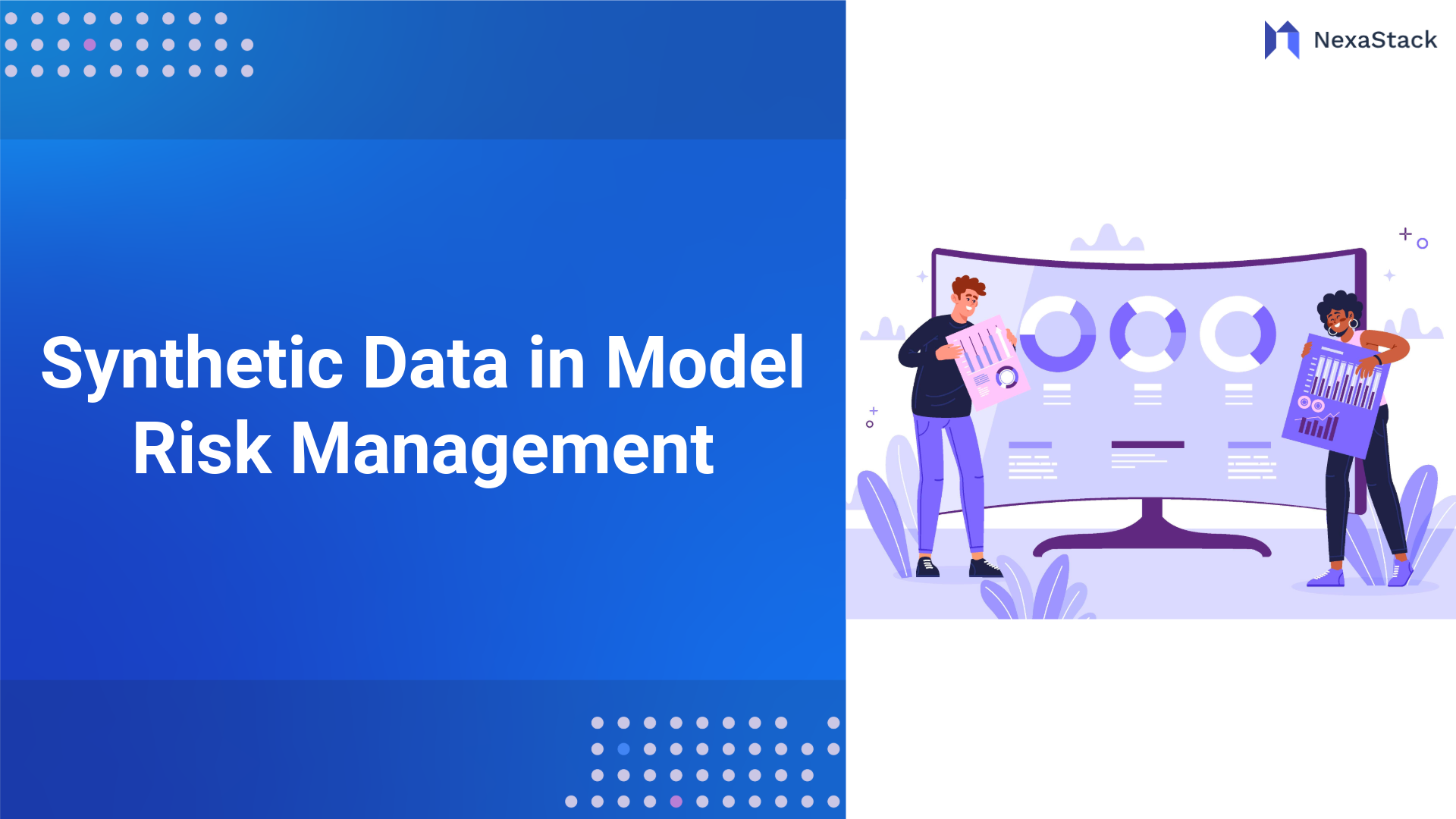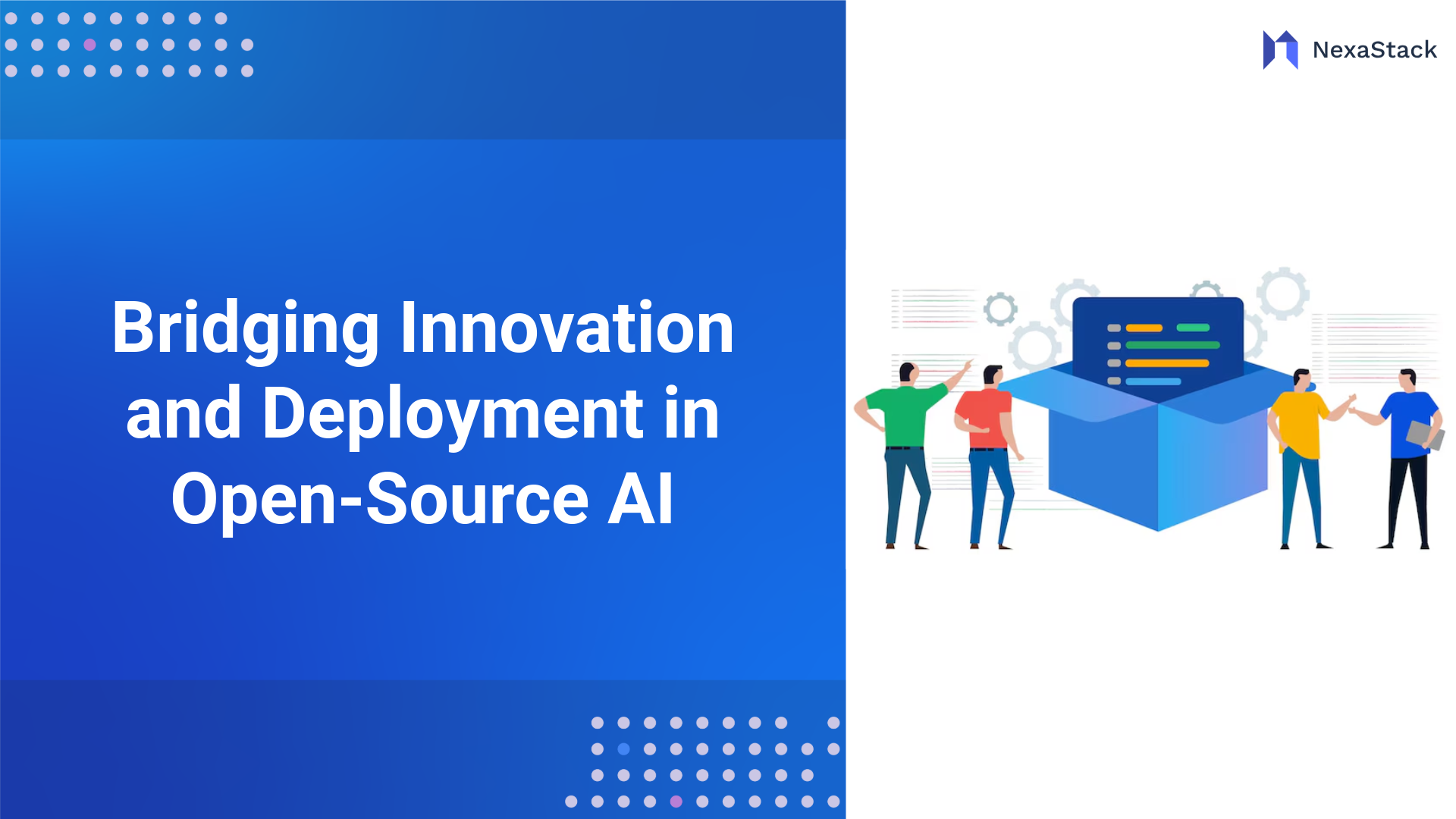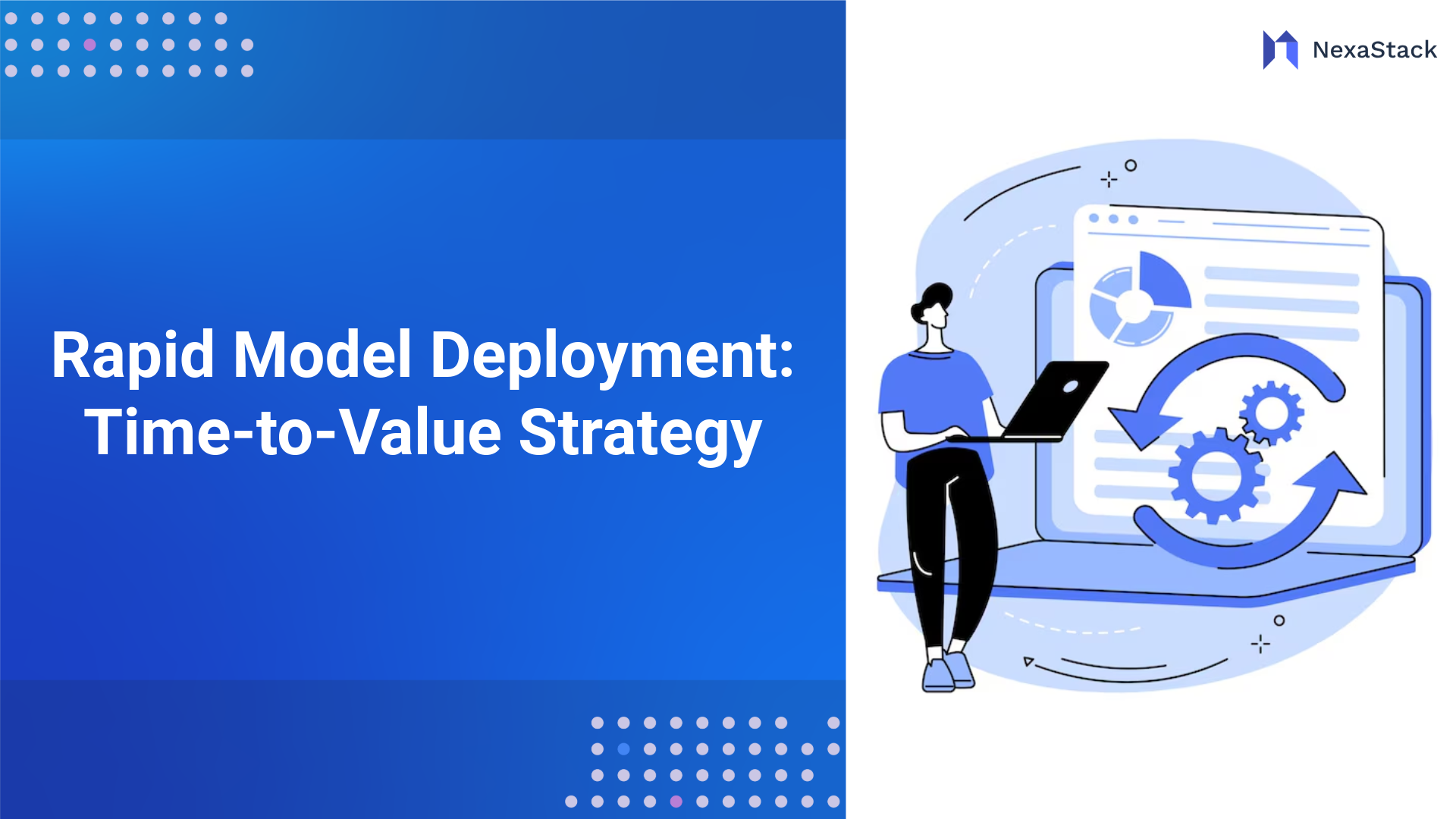Infrastructure Requirements for Scale Language Models
Further, to apply large-scale LLMs, they are installed in a massive infrastructure to meet the computational challenge during training, fine-tuning, and inference. Some core mandatory infrastructure accesses will be considered below:
Compute Power
These LLMs consume a lot of resources, much of which is during training. Organizations can deploy:
-
On-Premises Infrastructure: Organisations with data residency or privacy concerns may also prefer deploying LLMs on high-performance GPUs (NVIDIA A100, H100, etc.).
-
Cloud-Based Solutions: Here, organisations can opt for cloud platforms like the on-demand cloud computing services offered by AWS, Azure, and Google Cloud to provide scalable compute instances optimised for AI workloads.
Storage Solutions
However, it also requires much storage for datasets, model checkpoints, and pretrained weights. Therefore, look into:
-
High I/O Storage: Amazon EFS, Azure Files, or local SSDs are some options for faster data access.
-
Object Storage: For long-term storage, model artefacts, and data.
Networking Considerations
Efficient networking is critical for distributed training, where different nodes share the workload. Optimise for:
-
Low Latency: Minimal delays must be observed between nodes.
-
High Bandwidth: Transfer massive amounts of data smoothly, especially between cloud or hybrid infrastructures.
Kubernetes and Orchestration
Running LLMs in Kubernetes allows scaling, fault-tolerance, and resource optimization. Tools such as Helm, ArgoCD, and Kubeflow help facilitate orchestration and build CI/CD pipelines.
Implementation Strategy: From Planning to Deployment
Deploying LLMs at scale involves various phases from model selection to API integration. Therefore, we can summarize some key steps.
Step 1: Model Selection
Selecting an appropriate model shall be based on the requirements of the business. Choices include:
-
Pre-Trained Models: Performances such as OpenAI's GPT Model, Meta's LLaMA, and Google's BERT are state-of-the-art and can be fine-tuned for specific tasks.
-
Custom Models: From scratch, train models if business-related applications require confidential proprietary language capabilities.

Step 2: Data Preparation
Prepare your datasets by cleaning, annotating, and structuring them. LLMs thrive on diverse, high-quality data, so invest in creating comprehensive training datasets.

Step 3: Deployment Approach
Decide whether to deploy on-premises, in the cloud, or through a hybrid solution. Consider using:
-
Model Compression: Techniques like pruning, quantisation, and distillation reduce model size and improve inference speed.
-
Inference Optimisation: Implement frameworks like NVIDIA TensorRT, Hugging Face Accelerate, or ONNX Runtime to optimise inference.

Step 4: API Integration
Expose the model’s capabilities via APIs to integrate with your existing business applications, such as CRM systems, customer support tools, or analytics platforms.

Step 5: Security and Compliance
Implement security best practices, including encryption, access control, and regular security audits. Ensure compliance with relevant regulations, such as GDPR, HIPAA, and CCPA.

Building a Governance Framework for Responsible AI
Governance is critical to ensure that LLMs are used ethically, transparently, and in compliance with regulatory standards. Key elements of a governance framework include:
-
Bias and Fairness Audits: Regularly evaluate the model for bias and take corrective actions if discriminatory patterns are detected.
-
Explainability and Transparency: Develop explainability tools to help users understand and trust model outputs.
-
Data Privacy and Security: Protect sensitive data with robust privacy controls and anonymization techniques.
-
Role-Based Access Control (RBAC): Implement RBAC to restrict access based on user roles and maintain detailed audit logs for accountability.
-
Model Versioning: Track model versions to document performance, changes, and potential rollbacks.
Optimizing Performance for Scalability and Efficiency
Optimizing LLM performance is crucial for reducing costs, improving user experience, and ensuring scalability. Below are some proven techniques with expanded insights:
-
Distributed Training:
Leverage data parallelism, model parallelism, and pipeline parallelism to distribute training across multiple nodes. This improves speed, reduces training time, and handles large model sizes that exceed the memory capacity of a single GPU.
-
Mixed Precision Training:
Utilize mixed precision to combine 16-bit floating-point (FP16) with 32-bit precision (FP32), speeding up training while reducing memory usage. Many hardware accelerators, like NVIDIA GPUs, have tensor cores optimized for mixed precision, leading to significant performance gains.
-
Caching:
Implement caching for frequent queries and inference results to reduce redundancy, enhance throughput, and minimize latency, especially for chatbots and recommendation engines where similar queries may occur repeatedly.
-
Autoscaling:
Configure Kubernetes autoscaling based on custom metrics, such as CPU and GPU utilization, queue length, and memory consumption. This ensures that resources are dynamically scaled up or down in response to fluctuating workloads, optimizing cost and performance.
-
Inference Acceleration:
Use inference-optimized frameworks and libraries, including ONNX Runtime, TensorRT, and Hugging Face Accelerate. These tools offer techniques like kernel fusion, operator optimization, and graph pruning to speed up inference and maximize GPU utilization.
-
Layer Freezing:
In fine-tuning tasks, freeze specific layers of the pre-trained model to reduce computational overhead, improve training speed, and avoid overfitting, especially when training on smaller datasets.
-
Batch Processing:
Enable batch processing to handle multiple inference requests concurrently. By aggregating requests into batches, you reduce the per-request overhead and improve overall throughput.
-
Gradient Checkpointing:
Implement memory-saving techniques like gradient checkpointing, which stores intermediate activations only at certain layers during backpropagation. This allows deeper models to be trained within the same memory budget.
-
Memory Optimization:
Use memory-efficient optimizers like AdamW and implement zero-redundancy optimization (ZeRO) strategies to minimize memory usage. Offloading model parameters to CPU memory when inactive and utilizing activation recomputation further enhances efficiency. -
Knowledge Distillation:
Apply knowledge distillation to train smaller, more efficient student models that mimic the behavior of larger teacher models, reducing inference latency while maintaining comparable performance.
Measuring ROI: Proving the Value of LLM Deployment
Justifying the investment in LLM deployment requires measuring ROI based on tangible business outcomes. Key metrics and expanded points include:
-
Productivity Gains:
Evaluate the reduction in time spent on repetitive tasks, such as drafting emails, generating reports, and responding to customer queries. Automating these tasks allows employees to focus on higher-value activities, boosting overall productivity.
-
Revenue Growth:
Track metrics like increased sales, customer retention, and engagement resulting from personalized user experiences powered by LLMs. AI-powered product recommendations, targeted marketing campaigns, and improved customer interactions can directly contribute to top-line revenue.
-
Cost Savings:
Quantify cost reductions in customer support, marketing, and operations by automating manual tasks. For example, AI-driven chatbots can reduce call center load, while automated content generation saves time in marketing campaigns.
-
Model Performance Metrics:
Monitor critical technical KPIs such as latency, throughput, accuracy, precision, recall, and F1 score. These metrics help ensure that the deployed model meets predefined performance benchmarks and delivers consistent results.
-
User Adoption and Satisfaction:
Conduct surveys, gather user feedback, and track engagement metrics to measure user satisfaction. High adoption rates and positive feedback indicate that the LLM deployment is effectively meeting user needs.
-
Customer Acquisition Costs (CAC):
Evaluate the reduction in CAC driven by personalized marketing, targeted ad campaigns, and AI-powered content curation. Lower CAC translates to more efficient customer acquisition strategies.
-
Churn Rate Reduction:
Analyze changes in customer churn rates resulting from improved customer interactions, faster issue resolution, and enhanced user engagement. Reducing churn enhances customer lifetime value (CLV) and long-term revenue.
-
Operational Efficiency:
Assess improvements in operational efficiency by tracking key metrics like mean time to resolution (MTTR) for customer queries, reduced turnaround time for content production, and streamlined business processes powered by AI automation.
-
Employee Satisfaction:
Measure the impact of AI automation on employee satisfaction. LLMs can contribute to a more engaging and fulfilling work environment by reducing workload and automating mundane tasks.
-
Regulatory Compliance:
Track compliance with data privacy regulations such as GDPR, HIPAA, and CCPA. Demonstrating adherence to regulatory standards enhances trust and mitigates legal risks.
-
Innovation and Competitive Advantage:
Evaluate the role of LLMs in driving innovation and gaining a competitive edge. For instance, businesses that leverage AI for predictive analytics, real-time customer insights, and dynamic pricing can outperform competitors in fast-changing markets.
Future Scope of Large-Scale Language Models
The future of large-scale language models holds immense promise as advancements in AI research and infrastructure continue accelerating. Some key areas of future exploration include:
-
Multimodal AI: Integration of LLMs with computer vision and audio processing models to create truly multimodal AI systems capable of simultaneously understanding and generating text, images, and speech.
-
Federated Learning: Enhancing privacy and security by enabling distributed training across multiple devices without sharing raw data.
-
Real-Time Applications: Developing ultra-low latency inference techniques for real-time applications such as live translation, autonomous vehicles, and AI-powered gaming.
-
Sustainable AI: Reducing the carbon footprint of LLMs through energy-efficient training, green data centres, and optimisation techniques.
-
Domain-Specific Models: Creating highly specialised language models tailored to specific industries, such as healthcare, finance, and legal sectors.
-
Enhanced Human-AI Collaboration: Designing AI systems that work collaboratively with humans, augmenting decision-making, creativity, and problem-solving.
By staying at the forefront of these developments, businesses can continue to leverage LLMs for greater innovation, competitive advantage, and long-term success.
Conclusion: Paving the Way for AI-Driven Business Transformation
Deploying large-scale language models is a complex but rewarding journey. By carefully assessing value, planning infrastructure, implementing strategic governance, optimising performance, and measuring ROI, enterprises can unlock the full potential of LLMs and drive meaningful business transformation.
As LLM technology evolves, businesses that invest in mastering their deployment will gain a significant competitive edge. Whether it’s enhancing customer experience, improving operational efficiency, or driving innovation, the possibilities are endless for those who embrace the power of AI at scale.





